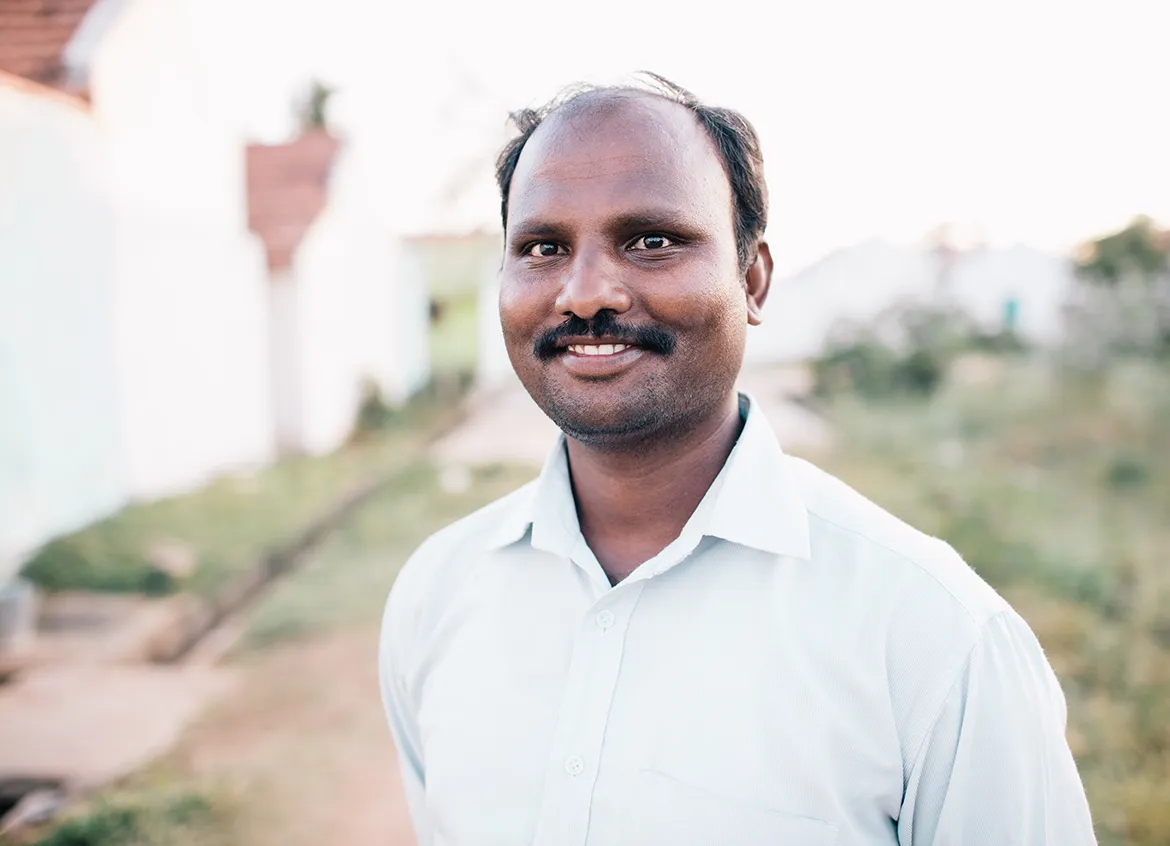Advancing the Global Conversation
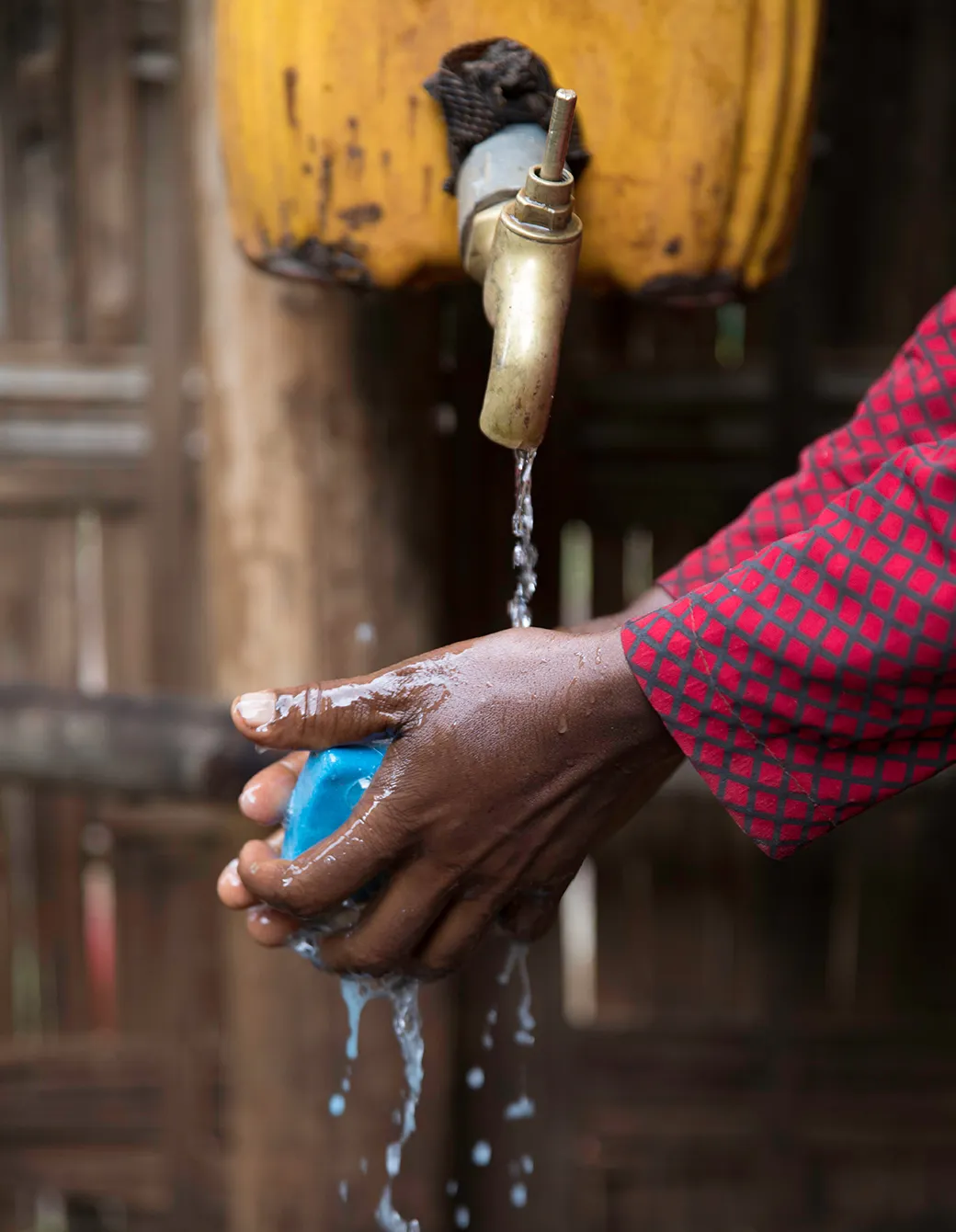
Strengthening the environment for water and sanitation solutions
Success at scale depends on an environment that allows finance to flow to people living in poverty. We are committed to working with partners to influence public policy and practice changes that make more funds available to families and small enterprises for water and sanitation solutions. We also work directly with governments to design strategies so that existing budget resources can be deployed more efficiently and effectively to those most in need.
We actively share our data-supported knowledge and strategic financial guidance with these partners. These collaborative efforts help increase access to water and sanitation for people living in poverty, allowing us all to reach more people, faster. By using finance as a tool to increase access to safe water and sanitation, we can help leave aid dollars available for others in need.
Working at a systems level helps increase the flow of capital for household water and sanitation solutions.
Achieving this global goal requires financial solutions
Realizing safe water and sanitation for all will take more than the amount of funding the world is currently contributing to solving the global water crisis.
In 2018, the United Nation’s High Level Political Forum concluded the world is not on track to reach Sustainable Development Goal 6 (SDG 6), which calls for clean water and sanitation for all by 2030. This report echoes previous assessments that reveal significant financing, policy and governance gaps to achieving the goal.
The World Bank estimates $114 billion per year is needed to achieve safely managed water and sanitation and meet the SDG 6 targets. It will take three times more than what is currently being invested each year to achieve this. This represents a gap of $85.6 billion. Our approach helps bring in commercial finance that will help close the financing gap for water and sanitation. Solutions that strategically use donor funds to catalyze private investment – often referred to as blended finance – are critical to filling the financing gap.
Additionally, global access to safe water and sanitation for all is fundamental to solving the other Sustainable Development Goals and solving the most pressing social challenges of our time.
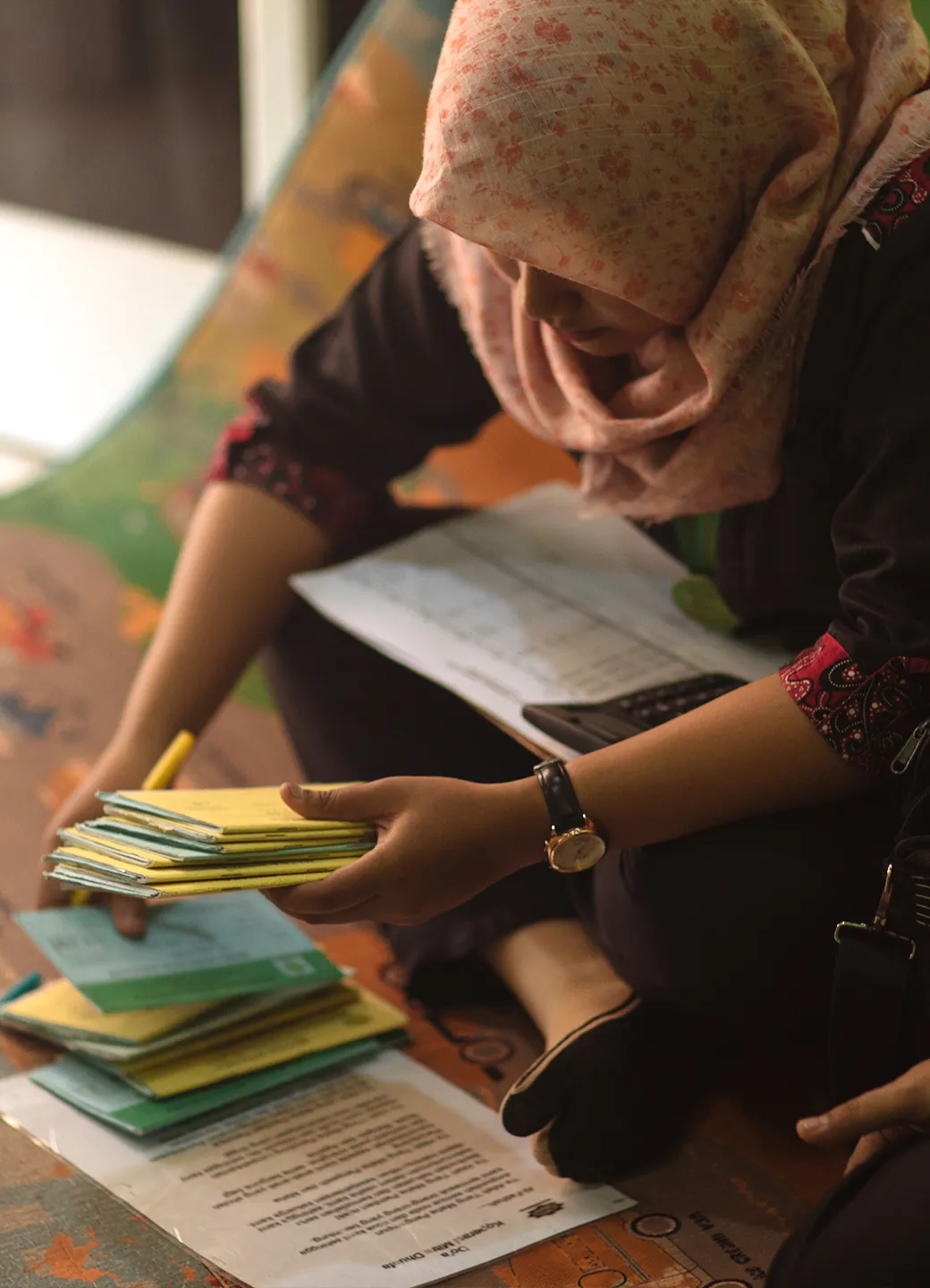
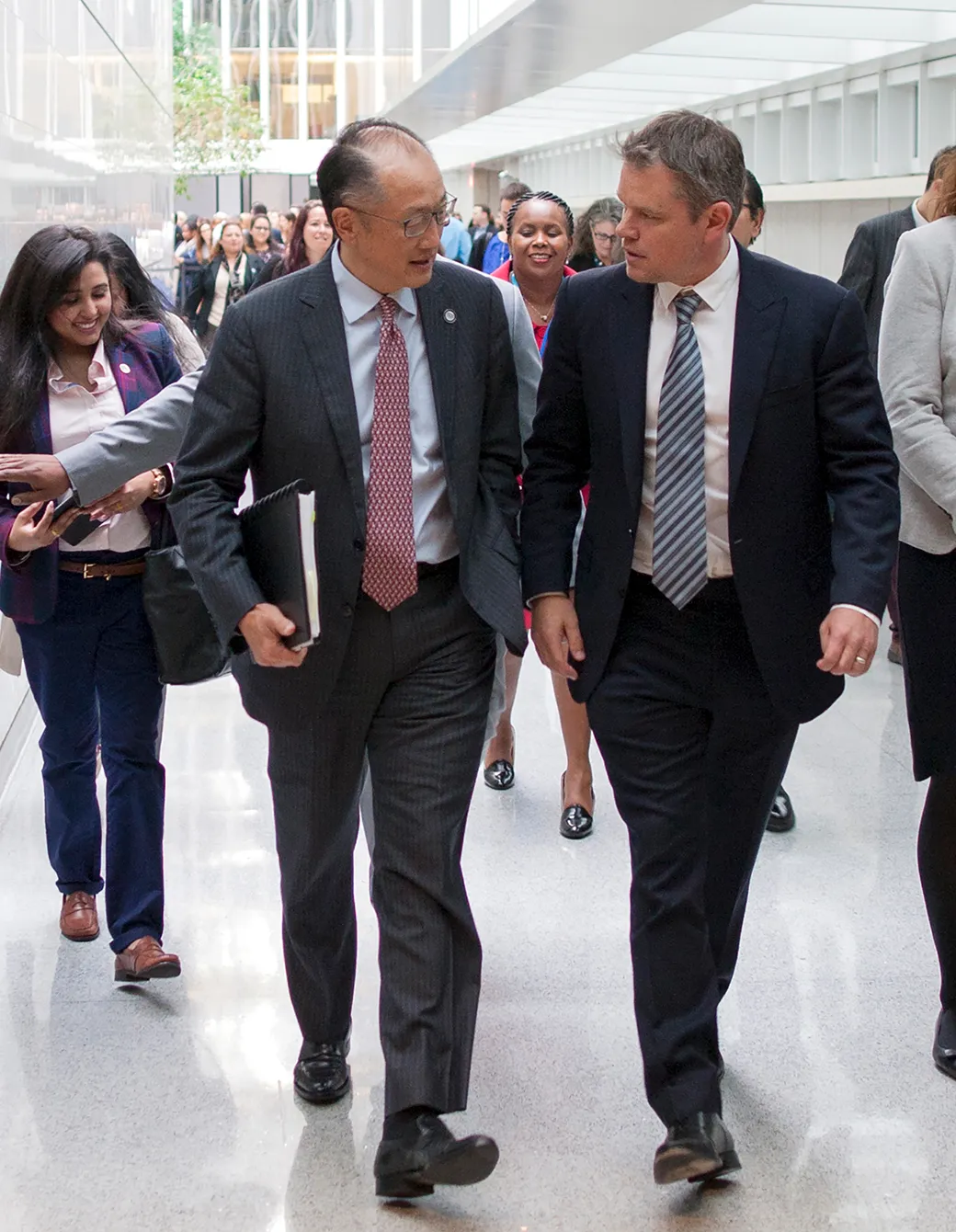
Our global partners
We work with development finance institutions, international nonprofit organizations, United Nations agencies, commercial financial institutions, governments and others to increase access to safe water and sanitation.
Some of Water.org’s engagement partners include:

Encouraging lending for water and sanitation at the systems level in India
We worked with the Reserve Bank of India, the country’s central bank, to reclassify water and sanitation lending as a priority sector. They require banks to lend 40% of their assets to areas they designate as priority sectors. Previously the priority sectors were areas that could contribute to the development of India’s economy like agriculture, education, and housing for people living in poverty. Lending for water and sanitation was not considered a priority sector, so there was little opportunity for such a critical area of need. This reclassification resulted in a significant increase in bank lending to microfinance institutions and self-help groups making water and sanitation loans possible for people in need.
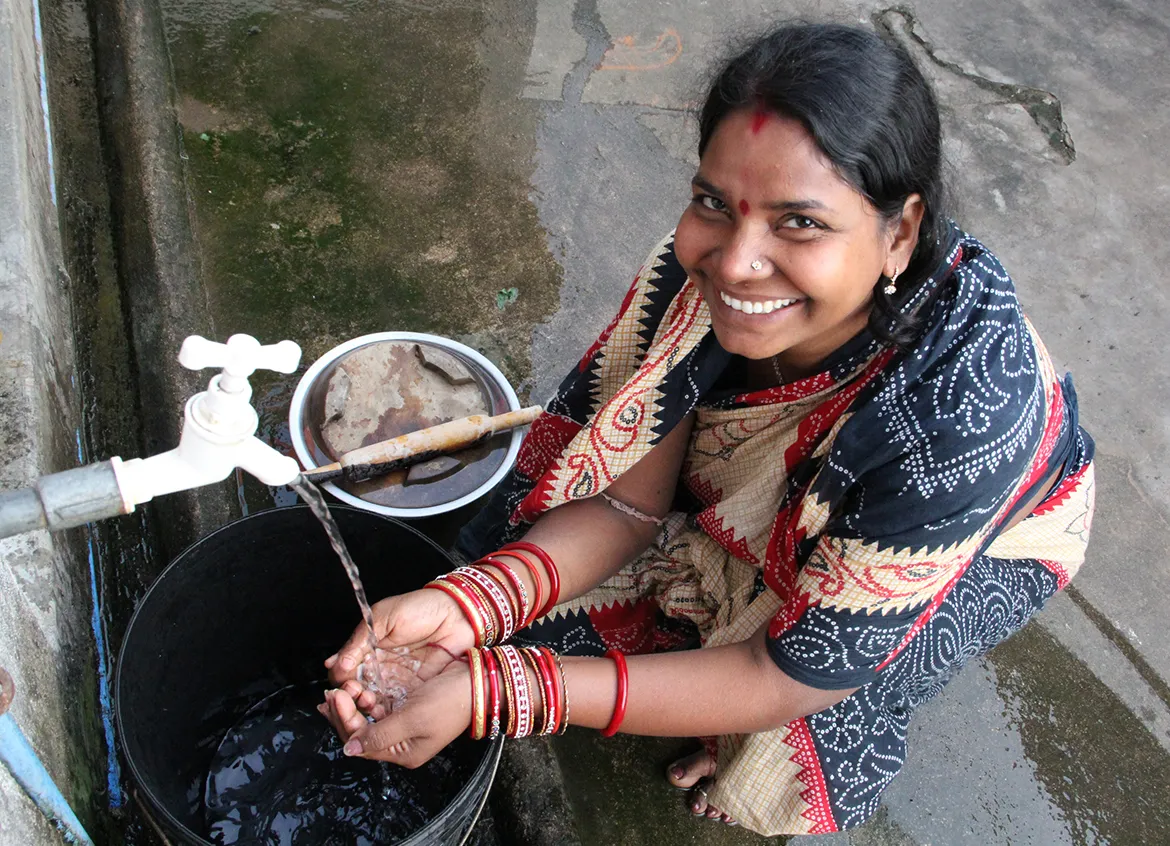
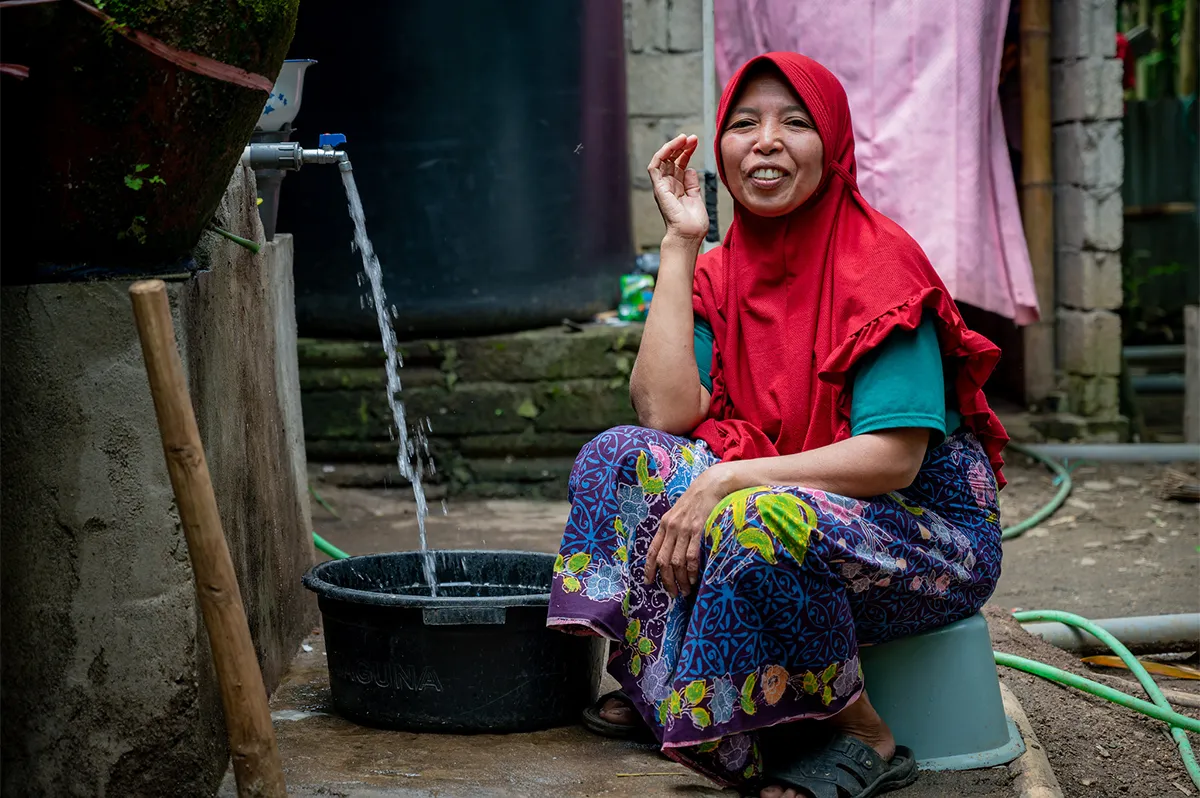
Removing barriers for Indonesia’s rural water supply providers to expand their coverage
Since 2015, Water.org has been working with Indonesia’s rural water supply providers to help make them more creditworthy in order to access financing. Early on, we worked with local stakeholders to educate them on financing models, and encouraged local financial institutions to lend to the rural water supply providers. By demonstrating that the water suppliers were creditworthy, Water.org entered an agreement in 2017 with the Ministry of Public Works and Housing to develop and scale a national financing initiative. In 2021, with ample evidence to show that the rural water suppliers were utilizing loans appropriately to enhance their operations, enhance their services, or expand their coverage to a wider population, the Ministry of Public Works and Housing formally allocated funds in the national budget to incentivize the financial institutions to continue to lend to the water suppliers, which may enable up to 300 rural water suppliers to access funding, benefitting up to 20,000 people in rural communities with access to water.
Working with partners to demonstrate the need for more budget for water and sanitation in Bangladesh
In 2021, the national government of Bangladesh increased its water and sanitation budget by $250 million to help people in urban slums and areas prone to salinity, arsenic contamination, and flooding gain access to safe water and sanitation. To achieve this success, Water.org participated as a member of the Sanitation and Water for All multi-stakeholder coalition to provide analysis and opinion to the Minister of Local Governance, Rural Development, and Cooperatives to present at the Asia and Pacific Finance Ministers Meeting. He highlighted the budget gaps that prevented people living in poverty from receiving access to safe services. This appeal to the Finance Ministers provided the impetus to the Bangladeshi Finance Minister to increase the budget, which is expected to reach more than 28 million people in need.
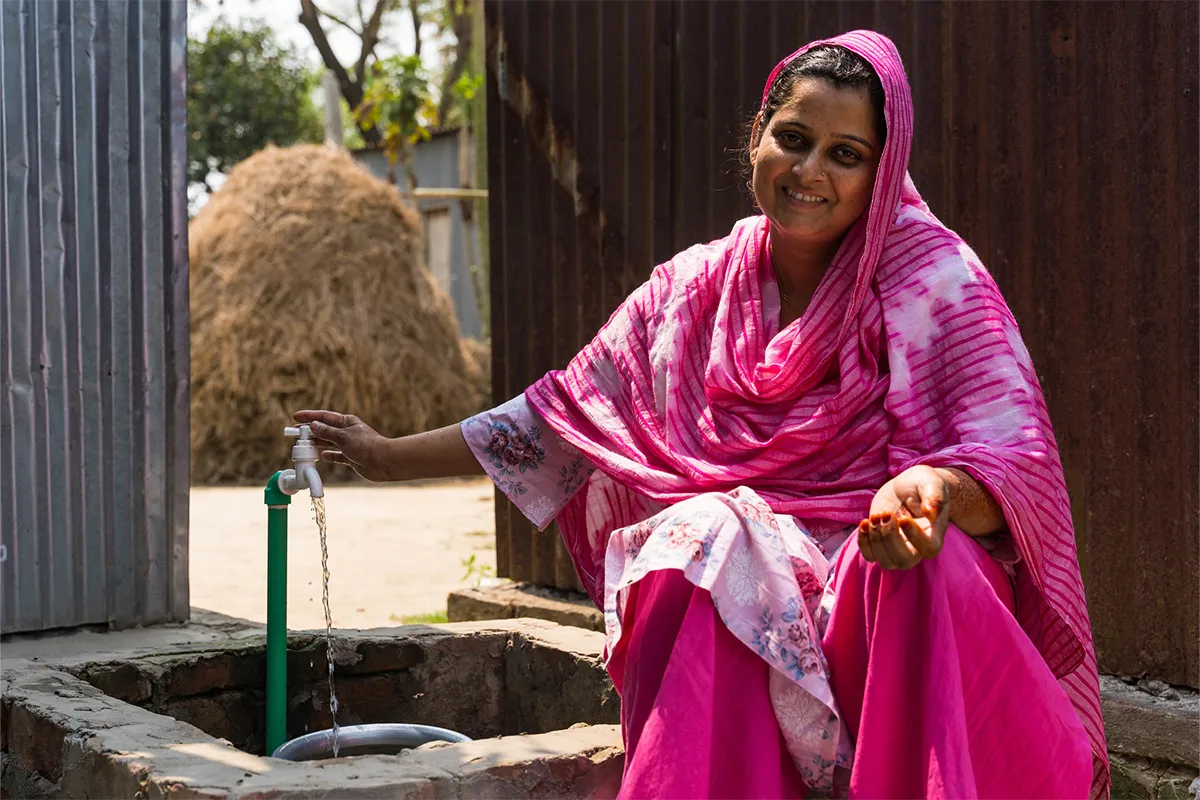
References
- United Nations. (2018). UN reports that world is off track on water and sanitation goal
- World Bank Group. Hutton and Varughese. (2016). The Costs of Meeting the 2030 Sustainable Development Goal Targets on Drinking Water, Sanitation, and Hygiene
Donate today to make an immediate impact.
Donate